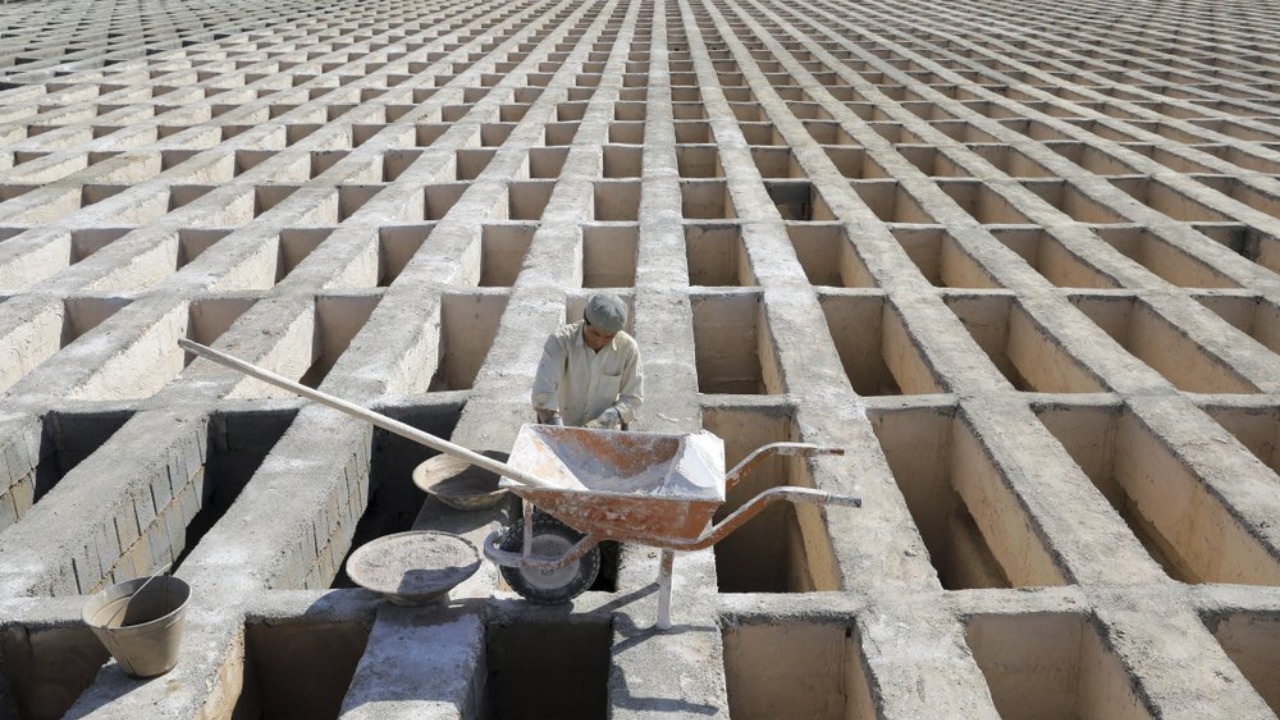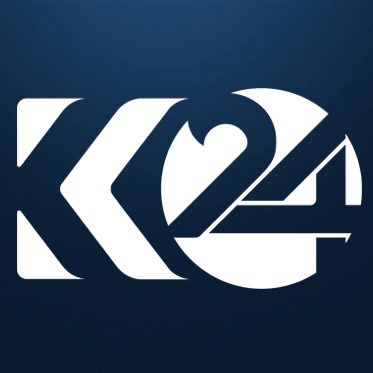Iran’s hospitals, cemeteries overwhelmed as daily COVID-19 cases soar beyond 10,000

ERBIL (Kurdistan 24) – Iranian health authorities on Wednesday reported over 10,000 new coronavirus cases in 24 hours, marking the third day the country has seen such high numbers as an upward trend that began in mid-September continued.
The latest daily figures, 11,780 infections and 462 deaths, were a new all-time record. The total tally stands at just over 715,000 cases and nearly 40,000 fatalities due to the virus.
Related Article: Iran suspends newspaper after report questioning official COVID-19 statistics
The gap between recoveries and active cases has grown in recent months as the spread of the disease accelerated across the country. According to official data, there are now about 140,000 patients with the virus, with about 5,600 of them in serious condition.
Iranian authorities first detected the disease in late February, with daily cases reaching then-records in early April. From then on, health officials reported around 2,500 new cases per day and only starting to climb further in mid-September, according to official data compiled by Worldmeters.
In late July, Iraq’s daily cases surpassed Iran's, but the trend reversed in late October.
Related Article: COVID-19 spikes again in Iran, with regional implications
Iran was the original epicenter of the disease in the Middle East, due largely to air travel with China which continued well after the spread of the virus that first appeared there in late 2019. Eased lockdown restrictions led to the virus entering neighboring and other nearby nations from Iran.
This week, Iranian government authorities imposed a month-long, limited lockdown to slow the pace of infections. The order demanded that all non-essential businesses be shut down at 6 pm, Reuters reported on Tuesday.

The sharp increase in cases has reportedly overwhelmed hospitals receiving coronavirus patients. Cemeteries, too, appear to be struggling to keep up with the inflow of the virus' victims.
Tehran Cemetery Struggles
Iran’s largest cemetery, Behesht-e-Zahra—where about 1.6 million people are buried—, has recently been having difficulty laying to rest the increasing number of bodies, with most of them being coronavirus dead, the Associated Press reported on Wednesday.
Never before—not during earthquakes or even the country’s 1980s war with Iraq—has the pace of bodies flowing into Behesht-e-Zahra been so high for so long, cemetery manager Saeed Khaal told Associated Press.
“Now we have been in a crisis for 260 days, and it is not clear how many months more we are going to be facing this crisis,” he said.
According to the news agency, Iranian authorities announced they were expanding the Behesh-e-Zahra cemetery in June, adding about 15,000 new graves there—which is about 5,000 more than previous years.
“Satellite pictures from September show the plots — deep enough to allow for as many as three bodies in each — newly dug, each separated by a layer of dirt and bricks,” according to the Associated Press report.
“We used to accept between 150 to 170 dead bodies every day, but these days when we are experiencing the peak of deaths, we are accepting 350 bodies on average,” Khaal noted.
The added workload is straining cemetery employees.
“These days I perform about 25 to 30 death prayers (for COVID-19 victims) on average, just myself,” cleric Meysam Rajavi said.
“There are about 12 of us who pray for the same number of the dead on a daily basis. This is a big number.”
Editing by John J. Catherine
